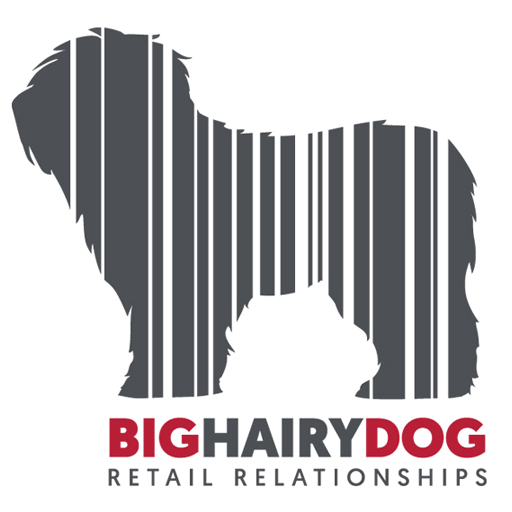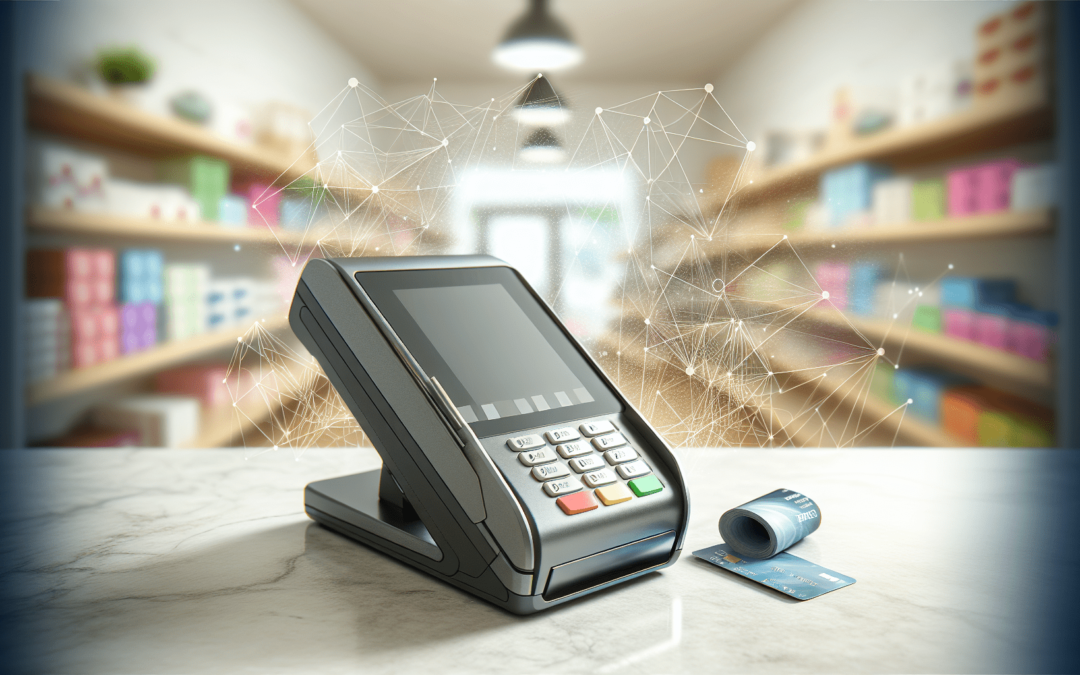Understanding Point of Sale System Upgrades
In today’s fast-paced retail environment, having an efficient and reliable POS system is essential. When you consider a system upgrade, you’re not just updating software or hardware; you’re enhancing your business capabilities. An upgraded POS system can improve your operational efficiency and customer experience, which ultimately impacts your bottom line.
What is a System Upgrade?
A system upgrade refers to updating your current POS software or hardware to a newer version. This can involve installing new features, improving existing functionalities, or enhancing security measures. Upgrades can also include changing your hardware, like switches to more efficient terminals or tablets. Each upgrade aims to provide better performance, enhance user experience, and keep pace with industry standards.
Why Upgrading Your POS Matters
You may wonder why you should prioritize system upgrades when everything seems to be working fine. Here are some compelling reasons:
- Improved Functionality: New features can streamline everyday operations, enhancing your employees’ productivity.
- Enhanced Security: Upgrades often come with improved security protocols, keeping your sensitive data safe from breaches.
- Better Customer Experience: An upgraded system can reduce transaction times and improve service, leading to happier customers.
- Compatibility: As you introduce new tools to your business, an upgraded system ensures compatibility with those tools.
- Scalability: If you’re planning to grow your business, a modern POS system can scale with you.
The Benefits of Upgrading Your POS System
Upgrading your POS system can benefit every aspect of your business. Let’s unpack some key advantages:
Increased Efficiency
An upgraded POS system can speed up customer transactions and reduce wait times. More efficient systems enable quicker access to sales data and inventory, allowing staff to serve customers faster and make informed decisions on the spot.
Access to Advanced Features
When you upgrade, you often unlock new features that can make day-to-day operations smoother. For example, inventory management tools can track stock levels in real-time and reorder products when they are running low. This automation minimizes the likelihood of human error and saves you time.
Enhanced Reporting and Analytics
An upgraded system provides better reporting tools. You’ll be able to gather insightful data on your sales trends, customer behaviors, and inventory performance. This information equips you to make informed decisions for future marketing strategies or inventory purchases.
Better Integration with Other Systems
An upgraded POS system will often integrate more easily with other business applications, such as accounting software like QuickBooks. This interconnectivity helps streamline your operations, as data flows seamlessly from one program to another.
Improved Security
In a world where data breaches are common, security is paramount. An upgraded POS system will generally feature robust security safeguards, including encryption and compliance with the latest regulations. Protecting customer payment data is not just a legal obligation; it helps maintain trust with your clients.
Steps to Upgrade Your POS System
If you’re convinced that upgrading your POS system is the way to go, here’s a guide on how to approach it:
1. Assess Your Current System
Before you make any moves, evaluate your existing system. Identify what is working for you and what isn’t. Understanding your pain points will help you choose the right upgrades.
2. Define Your Needs
Once you’ve assessed your current system, clearly identify your business needs. Are you looking for better inventory management, customer engagement features, or enhanced reporting tools? Defining your requirements will guide your upgrading decision.
3. Research Available Options
With your needs in mind, research different POS systems available in the market, especially focusing on the latest Retail Pro POS systems if you’re using them. Look for user reviews, customer support options, and advanced features.
4. Consult with Experts
Consulting with professionals like those from Big Hairy Dog can provide valuable insights. They can help you determine the best solutions tailored to your business needs and ensure a smooth upgrade process.
5. Plan for Implementation
Once you’ve chosen a new system, plan your implementation. Consider factors like downtime, staff training, and data migration to ensure a seamless transition without disrupting your business operations.
6. Train Your Staff
Training your staff on how to use the new POS system effectively is crucial. Well-informed employees will make the transition smoother and increase overall productivity.
7. Monitor and Adjust
After the upgrade, monitor how well the new system is performing. Get feedback from your staff and customers to make further adjustments if necessary.
Common Mistakes to Avoid When Upgrading
While upgrading your POS system can significantly benefit your business, some common pitfalls can derail the process. Awareness of these can save you time and resources.
1. Skipping the Research Phase
Rushing into an upgrade without thorough research can lead to a poor choice in technology that may not meet your needs. Take your time to research different systems and features.
2. Neglecting Staff Input
Your employees are the ones who will be using the system daily. Neglecting their input during the selection process can lead to resistance and dissatisfaction with the new system.
3. Underestimating Training Needs
Assuming your staff will adapt quickly to the new system without thorough training is a mistake. Insufficient training can hinder productivity and frustrate employees.
4. Failing to Backup Data
Before implementing any new system, ensure you have a complete backup of your existing data. Unexpected issues can arise during data migration, and you don’t want to risk losing important information.
5. Ignoring Ongoing Support
Post-upgrade, ongoing support is critical. Ensure you have access to technical support in case issues arise. Collaborate with companies like Big Hairy Dog that offer continual assistance with retail systems.
Choosing Between Software and Hardware Upgrades
Understanding whether you need software upgrades, hardware upgrades, or both is crucial in your decision-making process.
Software Upgrades
Software upgrades typically involve adding new functionalities or improving existing features. Regularly updating your POS software is vital for security, efficiency, and user experience. Depending on the POS system you’re using, you may have automatic updates. If not, you’ll need to keep an eye out for new versions manually.
Hardware Upgrades
When your POS software can’t keep up with the demands of your business or new features require more powerful hardware, it might be time for a hardware upgrade. This can include anything from updated POS terminals to receipt printers and payment processors. Investing in robust hardware improves transaction times and can enhance the overall customer experience.
Making the Decision
When deciding whether to focus on software or hardware upgrades, evaluate your current performance and future needs. Often, a combination of both can yield the best results, ensuring your system runs efficiently and provides enhanced features for you and your customers.
The Role of Big Hairy Dog in Your Upgrade Journey
As an industry leader in the Sales and Support of POS systems, Big Hairy Dog stands out with their expertise, particularly in Retail Pro POS systems. Their support for QuickBooks POS also positions them as a versatile partner for retailers. Here are some ways they can assist during your upgrade:
Expert Consultation
Big Hairy Dog offers consultations to understand your specific business needs better. Their knowledge in the retail POS industry can guide you toward the best solutions tailored just for you.
Efficient Implementation
Once you select a new system, their team can assist in implementing it effectively, minimizing disruptions and ensuring a smooth transition. Their expertise can help you avoid common hurdles that businesses face during an upgrade.
Comprehensive Training
To maximize the benefits of your new system, Big Hairy Dog provides comprehensive training for your staff. This ensures everyone is on the same page and can use the system efficiently, enhancing overall productivity.
Ongoing Support
One of the most valuable aspects of partnering with Big Hairy Dog is their continued support after the upgrade. Whether you’re encountering technical issues or have questions about new features, reliable support is just a call away.
Conclusion
Upgrading your POS system is a powerful step towards improving your retail operation. It’s not merely about keeping up with technology; it’s about enhancing your service, security, and efficiency. This transformation can lead to a more satisfied customer base and increased sales.
By understanding the importance of system upgrades, you can proactively create a better shopping experience for your customers while optimizing your operational capabilities. Leveraging the expertise of professionals like those at Big Hairy Dog can ensure that your upgrade journey is smooth and successful.
Embrace the change, and invest in your POS system to pave the way for a successful future in retail.

